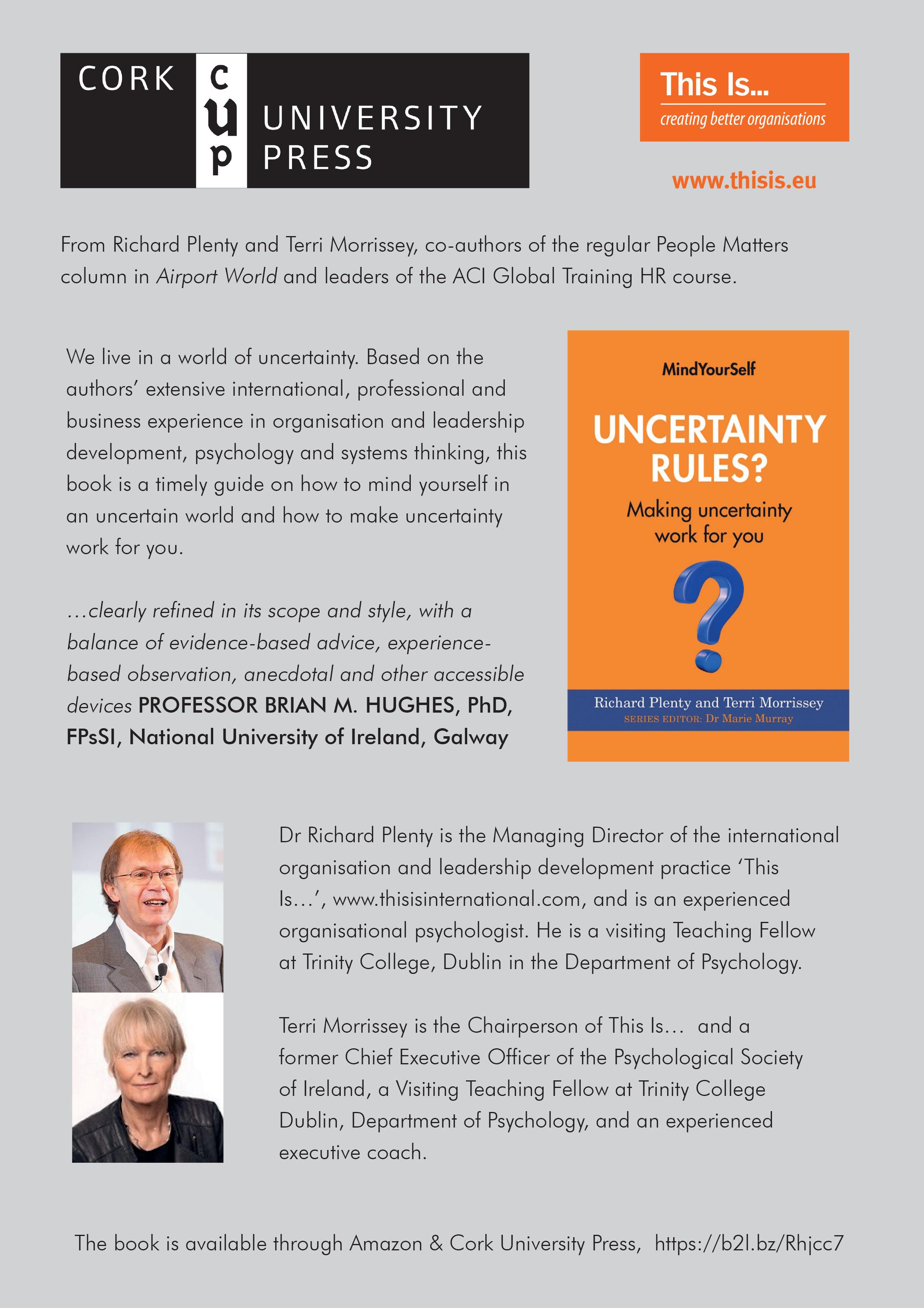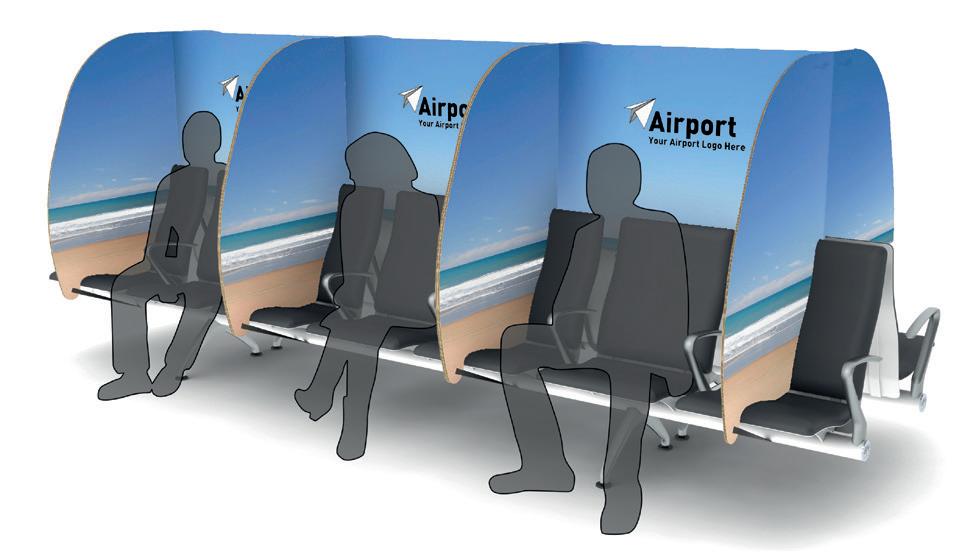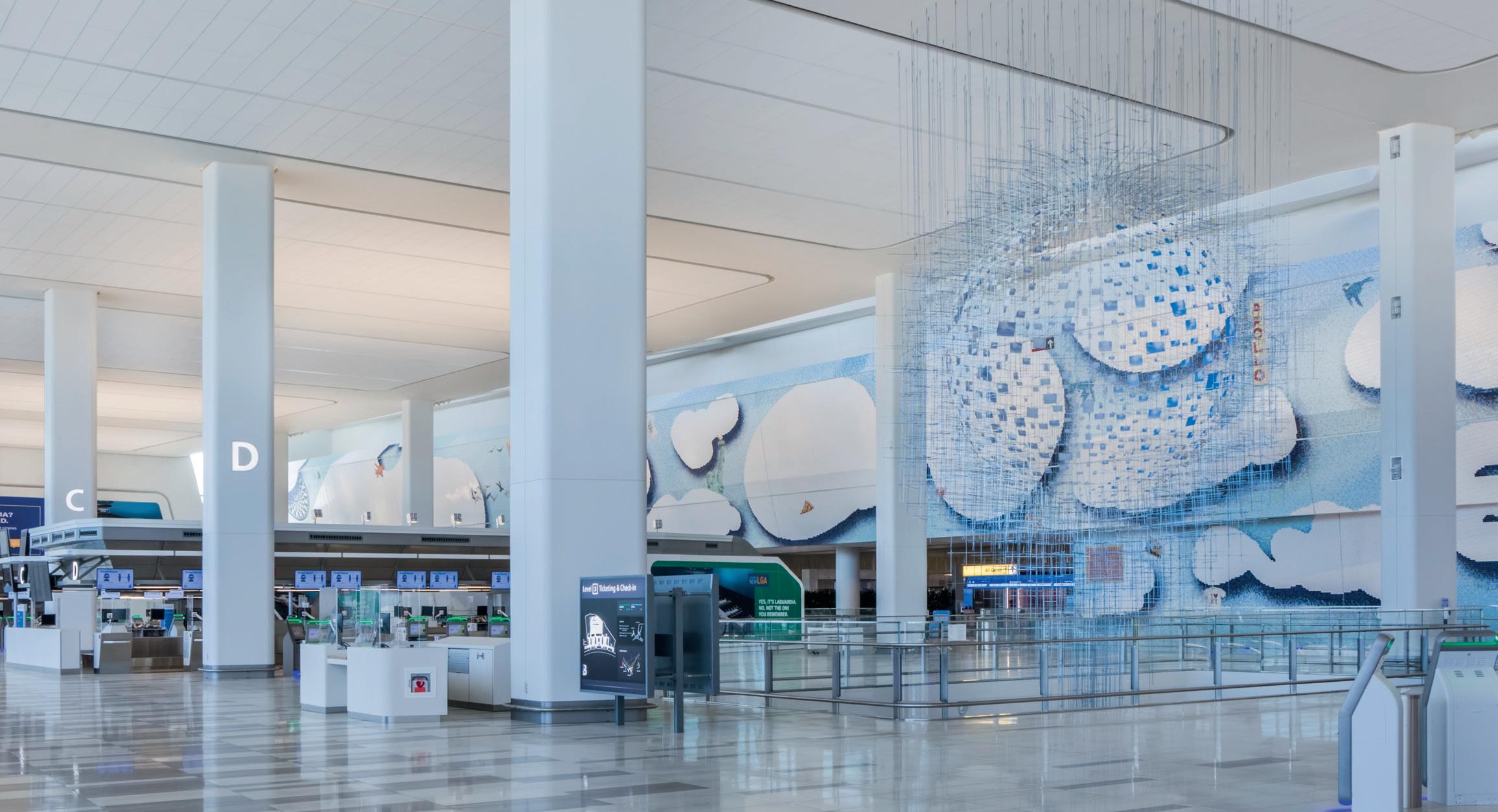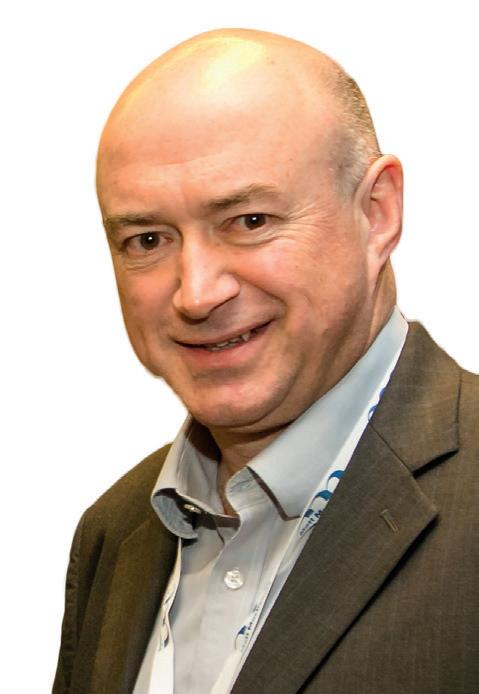
6 minute read
Going underground
Joe Bates finds out more about Amsterdam Schiphol’s plans for a Hyperloop link and a cargo version of the technology that its inventors believe can provide super-fast transport links to airports.
Amsterdam Schiphol has confirmed that it is still looking at introducing a revolutionary ‘Hyperloop’ ground transport link in the future.
Advertisement
The new transport system essentially involves pods capable of holding people, freight and cars being transported at super high speeds inside sealed tubes that, theoretically, make it possible to travel hundreds of kilometre distances in minutes rather than hours.
First mooted by the airport in 2018, Schiphol has announced that it is to expand its involvement in hyperloop by continuing the partnership with Dutch company, Hardt Hyperloop.
Since the initial talks, the airport says that both parties have conducted a joint study which they believe shows that hyperloop can play a major role in helping Schiphol become one of the world’s most sustainable multi-modal hubs by effectively accounting for 12.5 million of its passengers per annum by 2050.
According to them, the study shows how hyperloop can emerge as a new sustainable mode of high-speed travel and replace a share of Schiphol’s short-haul flights in 2050.
The study proposes an initial network that connects Schiphol with the main neighbouring airports of Germany, Belgium, France and the UK that currently have direct flight connections.
Hardt projects that by 2050, up to 73 million people will be flying between the major cities in this network. According to the study, hyperloop would be able to substitute up to 12.5 million of the passengers that will travel through Schiphol by 2050.
“The aviation industry has found itself in an unprecedented situation. The recovery will take years but continuing to invest in innovation and sustainability has great significance,” says Hassan Charaf, head of innovation at the Royal Schiphol Group.
“In our long-term vision, we’ve set the bar high for ourselves. Our aim is to become the world’s most sustainable and high-quality airport. A multi-modal hub. Therefore, innovation is key. We feel it’s important to participate in any promising mobility-related developments to meet the demand for sustainable transport in the future.
“The results of the first two years of partnership are promising. The study predicts that hyperloop can substitute up to 12.5 million of the passengers that will travel through Schiphol by 2050. An import reason to continue our partnership and expand our research. We are genuinely interested in where hyperloop could go.”
Next steps
Schiphol and Hardt aim to realise the potential developments outlined in the study by extending their collaboration as they proceed with and expand their research.
In addition, Hardt is in talks with other parties and authorities to ensure hyperloop will play a central role in a sustainable high-speed transport network in Europe.
Stefan Marges, Hardt Hyperloop’s study lead, says: “In the transition to a carbon neutral society it is crucial to not only improve existing modalities, but also to explore alternative, innovative mobility solutions.
“This study shows that hyperloop is a valuable addition to the future transportation landscape. In particular it lays the foundation for hyperloop to become a successful mode of sustainable transport in the years ahead.

“Partnerships, co-development and public-private collaboration are essential elements to spark such a breakthrough technology.
“We highly appreciate Royal Schiphol Group’s progressiveness in exploring innovative solutions such as hyperloop in the pursuit of becoming the world’s most sustainable airport.”
In conducting this study, Hardt and Schiphol were supported by Royal BAM Group, UNStudio, CE Delft, Stibbe, AirportCreators & Dutch Boosting Group and SEO Amsterdam Economics (advisory role).
Cargo version of Hyperloop
A somewhat scaled down version of Hyperloop, for cargo only, is being proposed by UK based Magway, which believes that in addition to providing an ultra-fast, and more environmentally friendly mode of transport for goods, will be simpler and easier to get up and running because passengers will not be involved.
Rather than operating in a vacuum like the Hyperloop system, Magway’s technology differs slightly by generating a magnetic wave of electrical current, using linear synchronous magnetic motors to propel multiple, standard-sized totes along a track.
The vehicles fit in small diameter pipes similar to those used by major utility companies. Travelling at an optimal speed of 31mph, and just milliseconds apart, the totes can be propelled through a network of new and existing underground, over ground and even suspended pipes.
They also believe that the technology might be best suited for the new realities of air transportation as the aviation industry re-evaluate procedures and re-design logistics operations to help minimise the amount of physical contact staff have with the movement of goods in, out and around airport facilities.
For example, building an underground network of pipes through which a track is laid to transport goods using synchronous magnetic motors, would provide short delivery routes to improve efficiency, safety, security and alleviate the stress on local freight traffic travelling throughout major airport hubs.
Magway suggests that its ground-breaking technology offers a far safer and more efficient way to re-supply duty-free shops and food and beverage outlets from existing or new consolidation centres, as well as feeding the same items from the main airport concourse to departure gates.
And Magway boldly claims that the concept could also be designed to use bigger pipes to accommodate larger freight and even hold baggage.
Magway co-founder, Phill Davies, says: “The aviation industry has always been innovative and will have to be even more so to adapt and thrive in a post-pandemic world.
“As airline operations resume, airport operators will need to think carefully about how returning passengers, crew, transport and retail workers can be kept safe and mitigate risk to their health.
“New technologies, such as Magway, offer an innovative way to improve future ground handling and terminal operations.”
Magway claims it is way ahead of any competition in terms of its ability to deliver an operational system.
If all goes to plan, reveals Davies, Magway will initially provide short delivery routes to alleviate the stress on local freight traffic travelling in and out of major airport hubs, such as London Heathrow.
“Magway’s initial commercial pilots will be short, dedicated routes where in some cases, these are located entirely on private land where limited or no external approvals are required,” notes Davies.
“Following this, construction work will commence around 2023 on the first of its longer routes of up to 100 kilometres that will ultimately form a network of delivery pipes connecting the UK.
“When we look at the use of delivery vans for example, operating costs will be 50% to 70% lower because Magway removes the cost of the driver, and the engine from the vehicle and also removes the energy source. So, even with a fully articulated lorry for example, 50% of the weight of the total vehicle is the vehicle weight.
“Magway has reduced its weight down to 20% of the total vehicle weight, so the electrical energy it uses to put into the system is used very effectively. Also, our technology doesn’t have any moving parts within the vehicle, so maintenance costs are very low.”
Co-founder of Magway, Rupert Cruise, is one of the world’s pre-eminent experts in linear motors and has designed linear motor systems for deep level mining, US Navy aircraft carriers, and more recently for hyperloop.
In fact, the co-founders of Magway are huge fans of hyperloop which is why they started thinking about how they could take this technology and adapt it to make it easier to get off the ground – the key being to remove humans from the equation and to scale down the size of the system.










